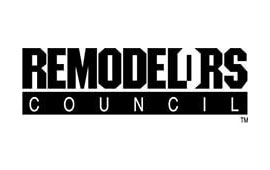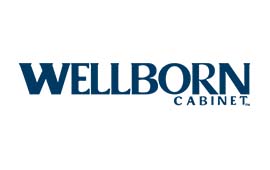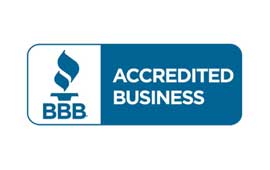When considering new windows for your home in Pelham, AL, it’s crucial to understand how their energy performance ratings can impact your living environment and energy bills. High-performance windows can transform your home into a more comfortable, energy-efficient space that saves you money while protecting your interior from the elements and outside noise. This post demystifies the energy performance ratings you’ll encounter while shopping for new windows, helping Pelham homeowners make informed decisions.

What Are Energy Performance Ratings?
Energy performance ratings provide a standardized way to evaluate a window’s efficiency. These ratings measure how well the window retains conditioned air, blocks heat from the sun, and allows natural light without unwanted heat or glare. The National Fenestration Rating Council (NFRC) is the leading body for certifying these ratings in the United States. Their label, found on ENERGY STAR® certified products, offers a reliable comparison between different window options based on their energy efficiency.
U-Factor: Insulation Efficiency
The U-factor rating is crucial for Pelham residents, particularly during the cooler months. It measures the rate at which a window conducts non-solar heat flow. Look for a lower U-factor rating (ranging typically from 0.20 to 1.20) as it indicates better insulation properties, helping to keep your home warm in winter by reducing heat loss.
Solar Heat Gain Coefficient (SHGC): Managing Solar Heat
SHGC measures the proportion of solar radiation admitted through a window. A lower SHGC rating is beneficial in warmer climates or for windows receiving direct sunlight, as it reduces cooling demands. For Pelham, AL, where summers can get quite warm, selecting windows with a lower SHGC can contribute to a more comfortable indoor environment and lower air conditioning costs.
Visible Transmittance (VT): Embrace Natural Light
VT rates the amount of natural light a window allows into your home, measured on a scale from 0 to 1. A higher VT means more daylight, which can save on lighting energy during the day and enhance the comfort of your living spaces. Pelham homeowners should consider windows with a higher VT rating to maximize natural light while balancing heat gain and insulation needs.
Air Leakage (AL): Seal Tight Against Drafts
Air leakage measures how much outside air enters a home through a window. For energy-efficient windows, a lower AL rating is preferable, indicating less draft and better overall insulation. This rating is particularly relevant to Pelham’s fluctuating temperatures, ensuring that your home remains comfortable year-round.
Why Pelham Homeowners Should Care
Understanding these ratings and their implications for your Pelham, AL home is essential. Choosing energy-efficient windows based on their NFRC ratings aligns with local climate demands, optimizing comfort and energy savings. Plus, with the backdrop of Pelham’s variable temperatures, selecting the right windows can mean significant reductions in heating and cooling costs.
In conclusion, as Pelham homeowners shop for new windows, paying close attention to NFRC labels and ENERGY STAR® certifications is key. These ratings, covering U-factor, SHGC, VT, and AL, offer a comprehensive view of a window’s energy performance. Tailoring your selections to these ratings can lead to a more comfortable, energy-efficient home that stands up to Alabama’s weather demands while providing savings on energy bills. Remember, the goal is to enhance your home’s comfort and value while minimizing environmental impact and monthly energy costs. Get in touch with us by calling our hotline (205) 988-9194 or you can fill out our contact form.















